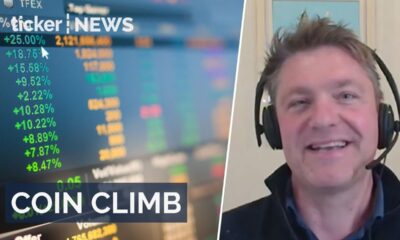Talent’s latest report, the ‘More Than Money Salary Guide 2024,’ has unveiled a landscape oscillating between a frenzied pursuit of candidates and a more cautious stance from employers.
Released today, the report delves into the Australian job market, shedding light on pivotal salaries, sought-after roles, and burgeoning skills.
Tech and digital sectors, the cornerstone of contemporary industry, witness a steady stabilisation in salaries.
However, the allure remains potent for specialised skill sets, notably in cybersecurity and artificial intelligence.
With a detailed breakdown of salaries and contract rates for key tech positions in 2024, the report serves as a compass for both employers and job seekers navigating the tumultuous currents of the hiring sphere.
Hiring trends
Drawing upon insights from Talent’s Managing Director team and seasoned recruiters, the report dissects hiring trends and forecasts spanning across ANZ and the US.
Revelations extend beyond mere numbers, encompassing profound observations on the evolving tech talent pool, emerging skill trends, and the nuanced preferences of diverse generations in the workforce.
Key highlights from the report illuminate the transformative shifts underway:
– Salaries across Cybersecurity, Sales & Account Services, Data Analytics, and Development roles have surged by up to 35% since 2023.
– Contract rates exhibit a robust growth trajectory, escalating between 10-30% for roles in Cybersecurity, Data Analytics, Cloud Solutions, and Infrastructure.
– A stark downturn is noted in federal and state government contract hiring, plummeting by 16% due to layoffs and hiring freezes.
– The trend of offshoring among large corporations witnesses a significant uptick, soaring by an estimated 10-40%.
– Demand for Project Services talent witnesses a decline as companies opt to halt large-scale projects to mitigate costs.
Work flexibility
In a paradigm-shifting revelation, Talent’s poll underscores the paramount importance of work flexibility in the eyes of job seekers.
Surpassing the allure of competitive salaries, 35% of respondents prioritize flexibility, followed closely by 29% emphasizing salary.
Remote work emerges as the cornerstone of flexible work arrangements, resonating with 78% of respondents. Flexible hours, compressed work weeks, and job-sharing arrangements also garner recognition but to a lesser extent.
The report underscores the persistent demand for key skills including Artificial Intelligence, Cybersecurity, Data Analysis, Cloud Computing, and Software Development, reflecting the enduring relevance of these domains in the digital landscape.
As the hiring market continues to navigate through unprecedented shifts, Talent’s ‘More Than Money Salary Guide 2024’ stands as a beacon, offering invaluable insights to stakeholders braving the winds of change in pursuit of talent and opportunity.




 News3 days ago
News3 days ago


 Ticker Views4 days ago
Ticker Views4 days ago


 News3 days ago
News3 days ago


 News3 days ago
News3 days ago


 News5 days ago
News5 days ago


 News4 days ago
News4 days ago


 Shows2 days ago
Shows2 days ago


 News4 days ago
News4 days ago







